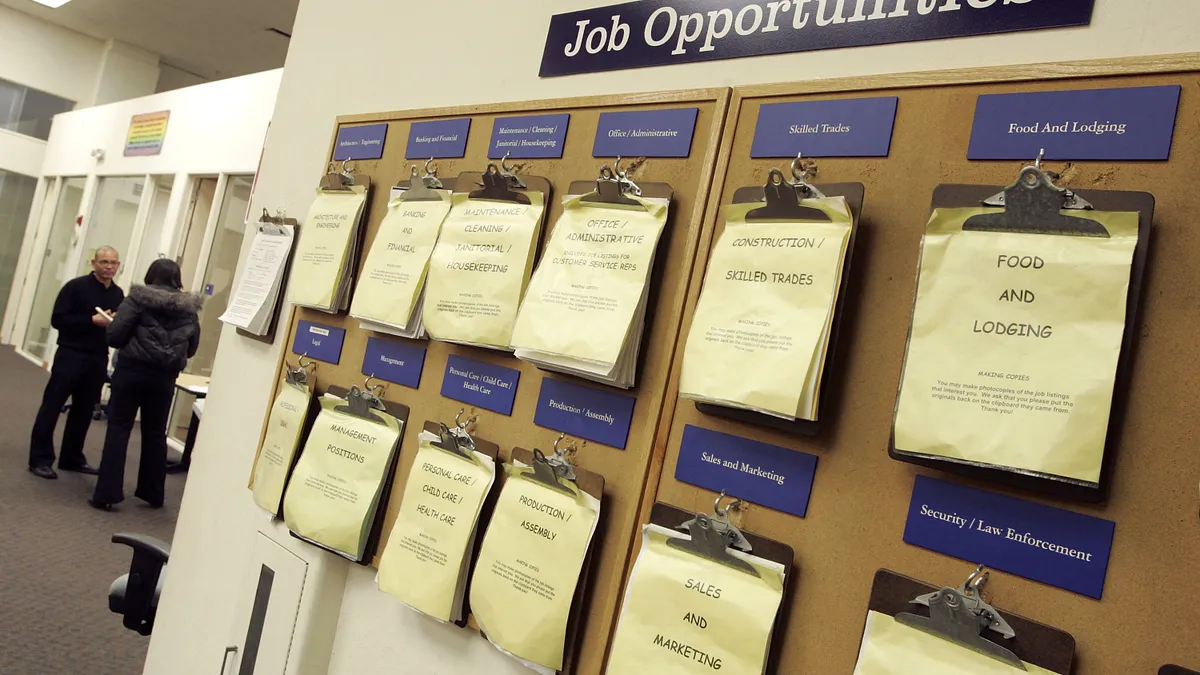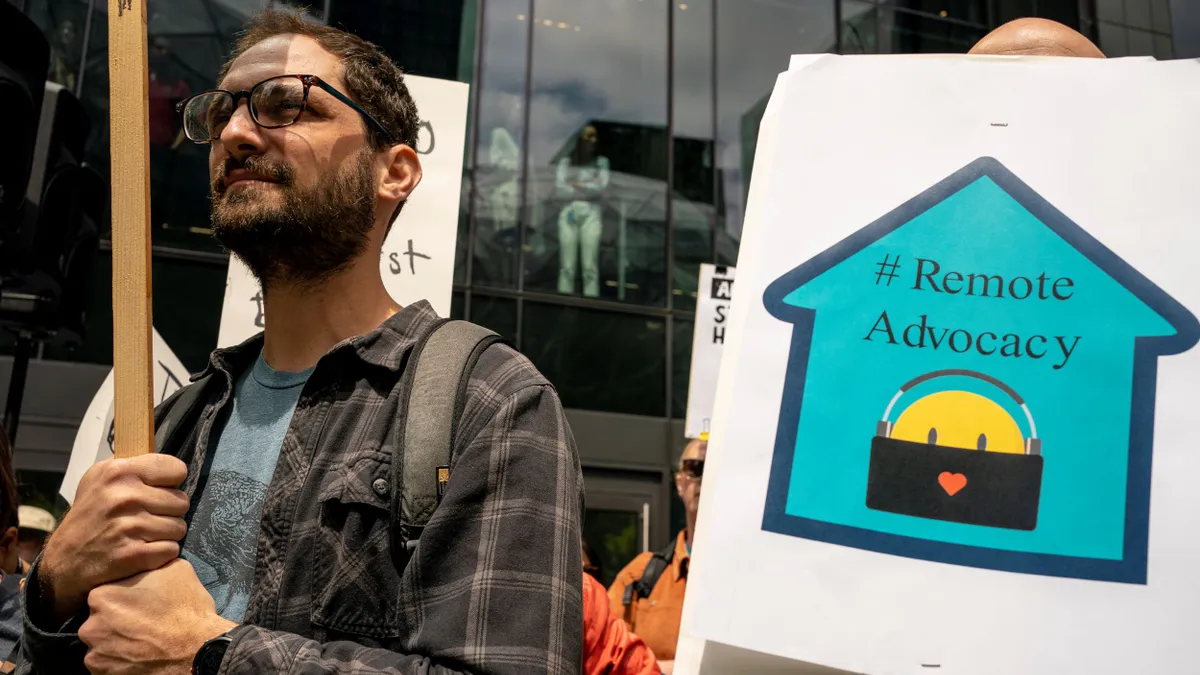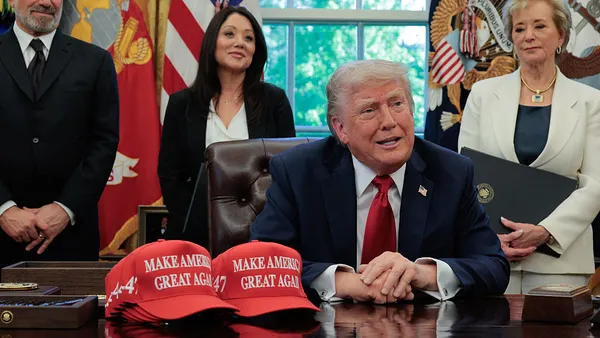Companies that want to attract more candidates from historically marginalized communities should update their job ads to include measurable diversity goals, according to a March 27 report from Chicago Booth Review.
Instead of vague statements about creating a “diverse and inclusive culture,” companies can more specifically say, “By 2030, we aim to hire at least one woman for every one man we hire,” according to new behavioral science research. Specific language can help attract applicants, although the effects tend to be stronger for white women than for other underrepresented groups, the researchers found.
At the time the research was conducted, the vast majority of Fortune 500 companies had diversity value statements, but “despite these public commitments, many companies struggle to diversify, in part because they fail to persuade individuals from marginalized groups to apply for positions in the first place,” wrote the researchers: Erika Kirgios of the University of Chicago, Ike Silver of the University of Southern California and Edward Chang of Harvard Business School.
The researchers conducted several studies to understand how women and underrepresented racial and ethnic groups — including Asian, Black and Hispanic workers — react to diversity statements and goals in job ads.
In general, women and applicants from historically marginalized groups were more likely to apply for a job when the post included both a diversity statement and measurable hiring goals. Application rates were 5% higher among those who saw a measurable goal rather than a vague statement.
Application rates were even higher among white women, who were 10% more likely to apply, while the application rates for other marginalized workers increased by 3%.
However, the exception was ratio goals. Workers from underrepresented racial and ethnic groups expected significantly less belonging at companies that communicated a commitment to diversity through ratio goals (such as hiring one person who is a racial minority for every person of the racial majority). This phrasing may “feel like particularly zero-sum goals, increasing concerns about facing alienation,” the researchers said.
Instead, applicants appeared to prefer measurable goals expressed as a representation target (hire 50% women or marginalized workers) or percentage increase (boost representation by 15%). These statements were perceived as the company being more genuinely motivated to diversify the workforce and support workers.
After DEI policies changed under the Trump administration, the U.S. Equal Employment Opportunity Commission and Department of Justice issued two guiding documents about “unlawful discrimination” related to DEI at work. The documents include phrasing such as “unlawfully using quotas or otherwise ‘balancing’ a workforce by race, sex, or other protected traits.”
Private-sector leaders should see the Trump administration’s public-sector DEI changes as “a clarion call" to review their own DEI practices, said Jonathan Segal, a partner with Duane Morris. Instead of dropping DEI initiatives, though, companies need to consider the nuances of potential legal threats, Segal wrote.
Notably, hiring managers are fielding questions about diversity, equity and inclusion efforts from job candidates and employees and want their employers to take a stand, according to an Express Employment Professionals poll. Companies need to find the right balance between their values and shareholder needs, the firm’s CEO said.











